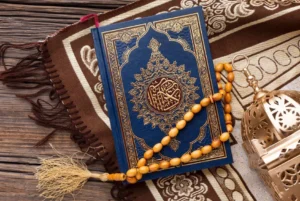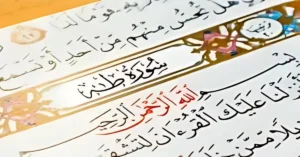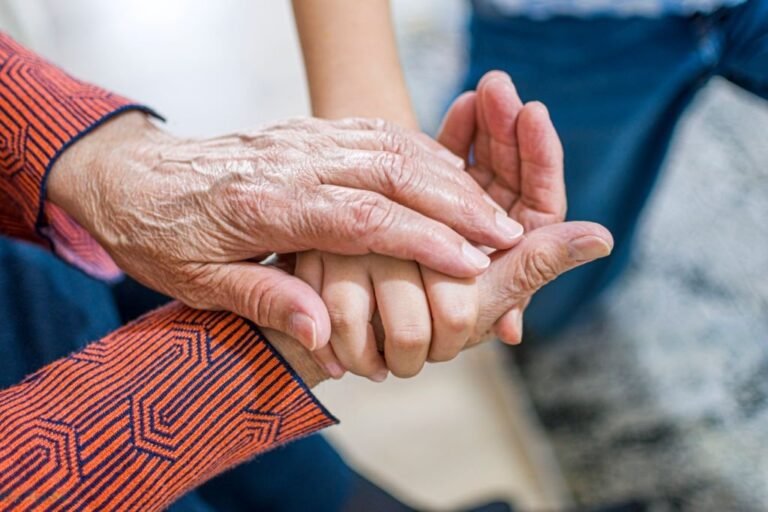Introduction
In Islam, there are two major Eid celebrations: Eid-ul-Fitr, marking the end of the holy month of Ramadan, and Eid al-Adha the festival of Sacrifice and Devotion, the grander of the two, which follows the completion of the annual Hajj pilgrimage and is associated with the act of Qurbani (sacrifice). This blog post aims to delve into the significance of Eid-ul-Adha, its origins, rituals, and the essence it holds for Muslims worldwide. This Eid is also known as the Feast of Sacrifice.
For those seeking a deeper understanding of Islamic pilgrimages. You can explore the significance and rituals of Hajj and Umrah through dedicated pages.
The Significance of Eid al-Adha


The Story of Eid-ul-Adha
Eid al-Adha commemorates the devotion of Prophet Ibrahim (Abraham) to Allah SWT and his willingness to sacrifice his son, Ismail (Ishmael). At the moment of sacrifice, Allah SWT intervened by substituting Ismail with a ram. They were to sacrifice this ram instead of his son, symbolizing divine intervention and mercy. Allah SWT’s command served as a test, evaluating Prophet Ibrahim’s steadfast willingness and commitment. He demonstrated his readiness to obey his Lord without hesitation or doubt, revealing his unwavering devotion. This trial revealed the depth of Prophet Ibrahim’s devotion and submission.
Therefore, Eid-ul-Adha means the festival of sacrifice.
Rituals of Eid al-Adha
The Festival of Sacrifice and Devotion celebrations typically span two to four days, varying across different countries. The observance begins with Eid Salaah (Eid prayers) performed in congregation at the nearest Mosque on the morning of Eid. Following the prayers, the act of Qurbani (sacrifice) takes place.
For more information, check out ur other blog Congregational Prayer.
Qurbani involves slaughtering an animal in remembrance of Prophet Ibrahim’s sacrifice. The sacrificial animal can be a sheep, lamb, goat, cow, bull, or camel, with each animal representing one share of the Qurbani.
In a halal-compliant, Islamic manner, practitioners perform the slaughter, ensuring that the animal is healthy and meets a specific age requirement. People divide the Qurbani meat into three equal parts: one for themselves and their family, one for friends and relatives, and one for the less fortunate, reflecting the values of sharing and compassion. This practice underscores the importance of distributing the meat among different groups.
The Connection with Hajj
Eid-ul-Adha coincides with the final day of Hajj, the annual pilgrimage to Makkah in Saudi Arabia. Hajj is the Fifth Pillar of Islam









